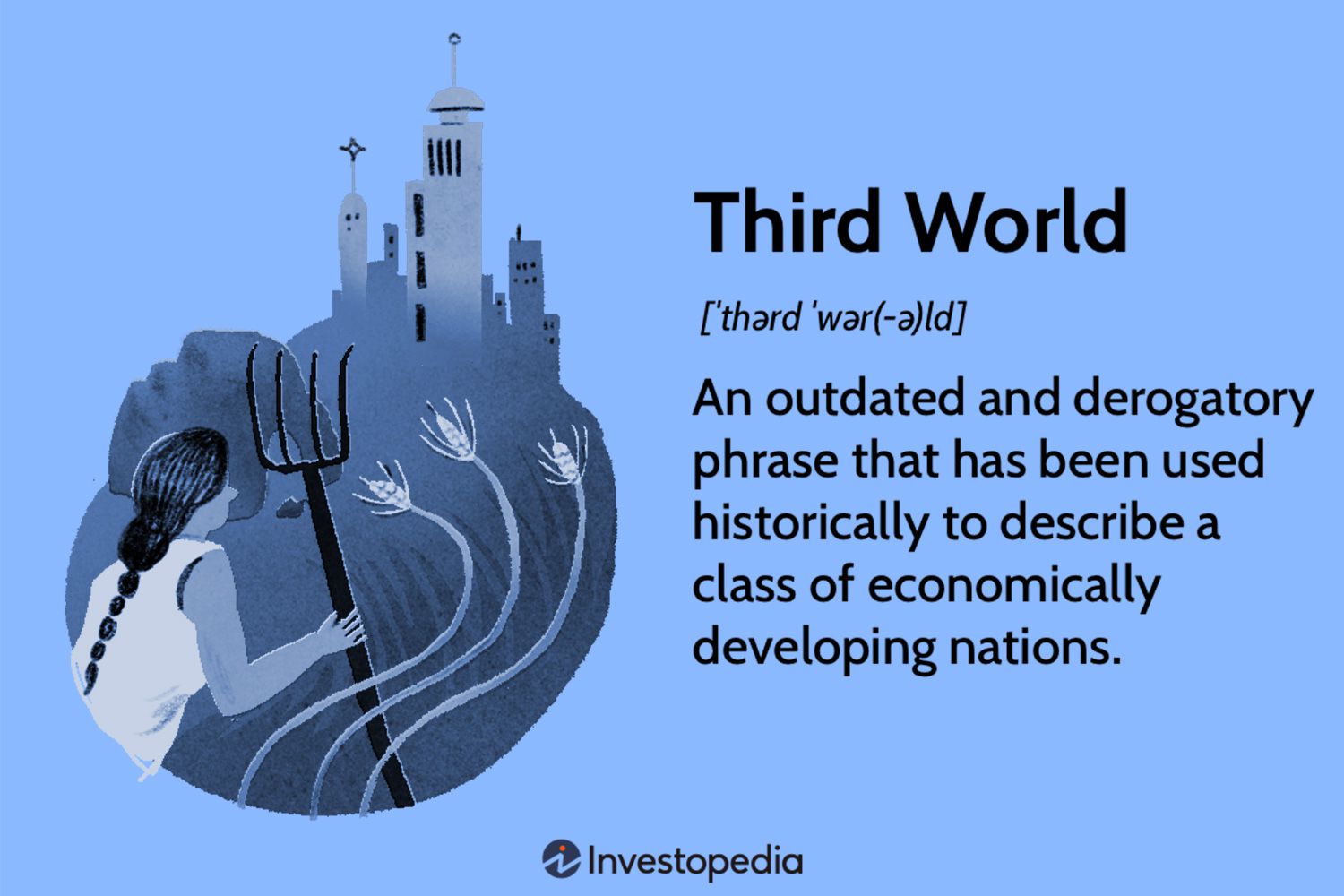| First World | Third World |
| Plentitude | Starvation |
| Liberal Democracy | Genocidal Dictatorship |
| Education | Superstition |
| Whites | Non-whites |
| Technology | Poverty |
| High life span | Death before 40 |
| 2 child families | 9 child families |
| Widespread contraception | Genital mutilation |


You might feel a natural inclination to protest: very few divide the world into such a simplistic dichotomy. However, even if our views allow for a bit more nuance, there’s still very much an attitude that these labels are “natural types”, that they exist out there. Does this division make sense?
It does a little bit, says Hans Rosling. But only for the 1950s. This worldview is basically a time capsule from an era when there really was a clear divide among the countries of the world on most metrics (lifespan, income, education etc).
But Rosling went and got something that’s usually missing from broad-brush characterisations: data. He started a site called Gapminder where you can watch graphical animations of how countries’ key factors (eg. health expenditure and lifespan) compare over time.
To see him in action, see Rosling’s latest TED talk where he busts the 1st/3rd world divide (he has previous talks too: 1|2|3). There has not been a firm divide for decades. Countries lie on a continuum, from the billion people living on less than $1 a day all the way to the richest countries — with virtually no gaps. Same for most other characteristics.
The most interesting part of his talks is the busting of other myths associated with the 1st/3rd world label. You can see a video of Turkey vs France. In 1960, Turkey had a much higher fertility rate and lower life expectancy. Now, it has overtaken 1960s-France for both factors, improving very quickly. Many of the countries we might call “third world” have very similar living conditions today to the “first world” countries our parents lived in.
So, what to do, what to do? I suggest watching his fascinating TED videos and playing with the site. But the more important lesson is that we should all be skeptical of labels that relegate entire countries (or even continents) based on jingoism. Next time someone mentions these labels, ask what they mean. Chances are the answer will be imprecise and will be contradicted by data.
This is about more than the neatness of labels: such simplistic labeling tends to foster an us-vs-them mentality, which can hinder even the best of motives. For instance this mentality finds its way into philantropy — if your attitude is that “us” first-worlders must go “out there” and help, this is probably too paternalistic to help with root causes of problems. It just happens that we’re in luck — such divisive thinking is not supported by those little things known as facts.





0 Comments